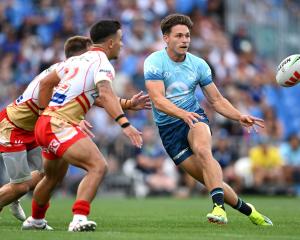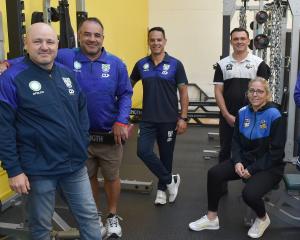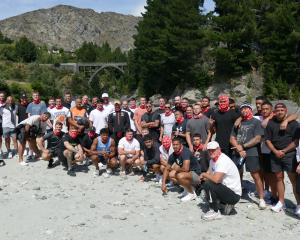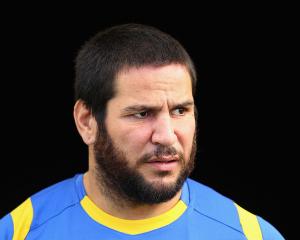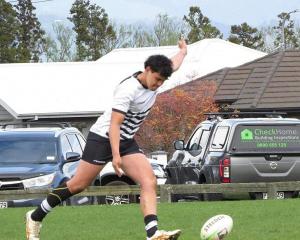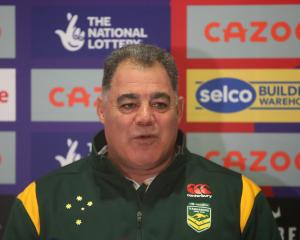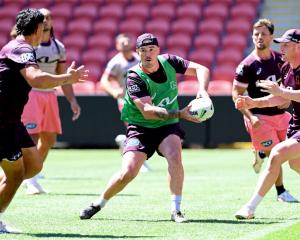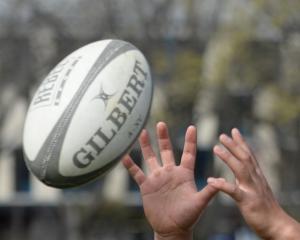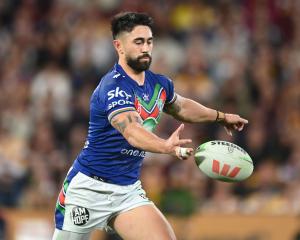A tour by Great Britain to Australia and New Zealand in 2015 has been approved in principle by rugby league's international federation as part of an increasing commitment to grow the game on the world stage.
The tour, in October 2015, would see the Lions playing two tests and two midweek matches in New Zealand (possibly against an Auckland district selection and a New Zealand Maori side) and the same number of games in Australia. The Lions last played in 2007.
Since then, the four home nations have competed on an individual basis in the World Cup and other competitions like the Four Nations. Their last full-scale tour to this country was in 1996, with their last appearance on New Zealand soil during the 2006 Tri-Nations series.
Not so many years ago it seemed that international league was on its last legs. After World Cups in 1995 and 2000, there wasn't another tournament until 2008.
Australia, who essentially controlled the game, didn't seem that interested in the international side of the sport. They had a huge domestic battle with the AFL and had also watched the rapid expansion of Super Rugby as well as football's growth, fuelled by successive World Cup qualifications and the launch of the A-League.
The Anzac test almost died - twice - and seemed to be an inconvenience. It was staged on a Friday night with the ridiculous situation of NRL matches played the next day.
The eligibility situation was confused and a bit of a mess, the 2007 All Golds tour to England was a disaster and there was little structure around the sport internationally.
Now, it seems the foundations are in place. A four-year world cup cycle has been confirmed and eligibility rules have been clarified, which should prevent some of the scandals of the past and help second-tier nations compete.
The establishment of a representative weekend and the success of the Pacific clash between Tonga and Samoa was also a big step forward. With the prevalence of Polynesian talent in the NRL (over 30 per cent of NRL players and more than 40 per cent of Holden Cup players count Polynesian heritage), the future of those two nations (as well as Fiji and, to a lesser extent, the Cook Islands) seems bright.
In Papua New Guinea, the only nation where league is the national sport, the game is also thriving. Australian legend and long-time Queensland coach Mal Meninga recently signed on as the Kumuls' high performance director until 2017.
Meninga and coach Adrian Lam have put a focus on improving fitness and conditioning, which currently pales in comparison to the major nations.
Meninga has also spoken of his desire to have PNG host some World Cup matches in 2017, with the tournament expected to be in the Southern Hemisphere.
League is also growing across the world. It may never again reach the same heights in France (in the 1970s they famously swept Australia 2-0 in a 1978 series, which was the Kangaroos' last series loss before 2005) but the Catalan Dragons have established a solid presence in Super League. The game has also made its mark in Central and Eastern Europe and North America.
"We know we are not yet a global game but we are making progress and the future is bright," says RLIF development officer Tas Baitieri, pointing out that over 40 countries now play the game, including Norway, Latvia, Malta and Jamaica. Last year the first rugby league international in Asia, between Thailand and the Philippines, was played and there are hopes for a three-way competition involving Japan in the future.
- by Michael Burgess of the Herald on Sunday



